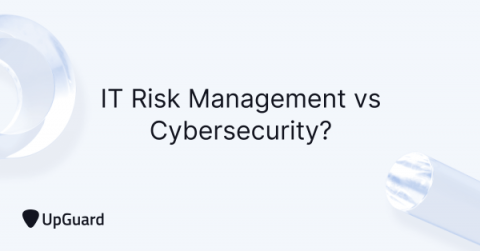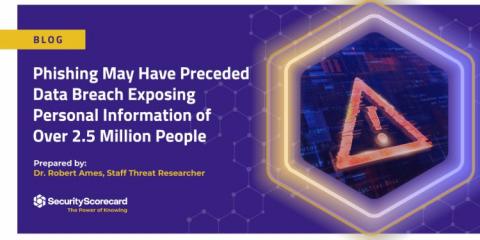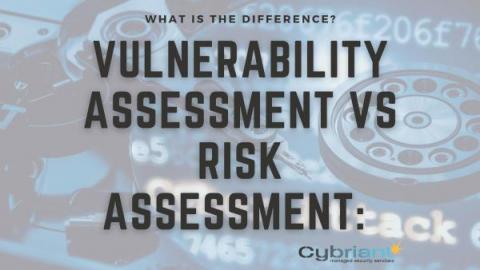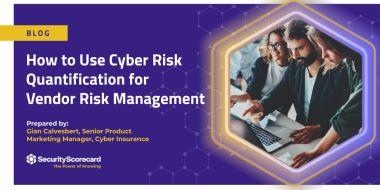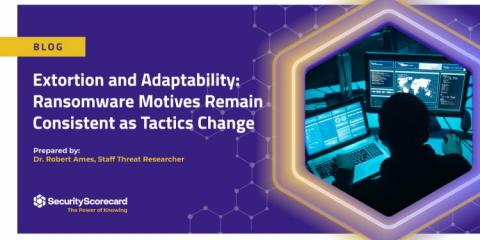Is Cybersecurity Recession-Proof?
Spoiler alert: The answer is yes. But not in the way you might expect. Unless you live in an enchanted land where mermaids feed you healthy beer for breakfast, your security budget has probably shrunk recently. The good news is that this can be good news because determining with ruthless clarity the effectiveness (or ineffectiveness) of your cybersecurity program will help you take deliberate steps to improve it with an efficient spend.





